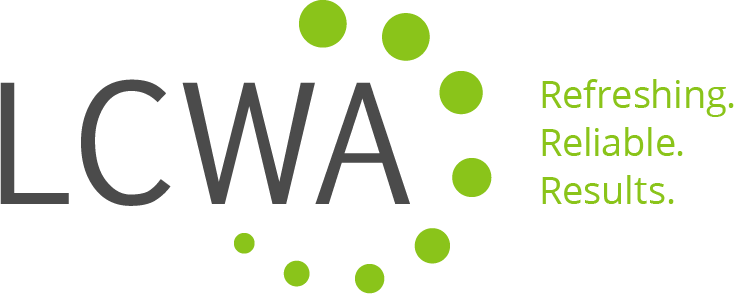As is often the case, the trailer duped me. I expected Andrew Rossi’s documentary Page One: Inside the New York Times to be about the paper’s juggling its traditional role as the gold standard of U.S. print media in the face of increasing use of social media. The film touches on the issue, but it is so much more and fosters myriad debates.
For PR practitioners, the film is essential viewing. It doesn’t necessarily surface new themes, but it is a fascinating look at media of all types. Here’s a snapshot of some of Page One’s key elements:
- Changing Media Landscape. We’re all aware of the ever-changing media landscape. The film opened on a particularly troubling time in 2008, when talking heads reported the demise of papers like the Rocky Mountain News. The cause? Ostensibly, lack of ad revenue and shrinking circulation. The traditional media revenue model is enough for its own documentary. But Page One leveraged this as a launch pad to introduce viewers to a handful of reporters and editors on the New York Times’ media desk. Through them and other sources, we also hear about:
- Print vs. Social Media. The Times employees are better than any actors, and seeing their working style and peeking inside the newspaper editors’ meetings fascinate for a few minutes. In the midst, we follow David Carr, whom some professional movie critics accurately describe as “salty but brilliant,” to conferences where the place of newspapers in an increasingly social and interconnected media landscape is debated. Carr, a major advocate of print media who once wrote in the New York Times about caving in and setting up a Twitter account (at age 52), provides one of the most compelling and visual arguments for traditional media. On a panel with Michael Wolff, founder of media aggregate Newser, Carr asks what content would be featured in a world without traditional media. He displays Newser’s homepage in which he’s cut out all links sourced from traditional media. The Swiss cheese’d paper is telling.
- Credible Sources. Journalistic sources could be another subject of an extended piece of prose or film, but Page One tries to scratch this surface, too. We meet Julian Assange, founder of WikiLeaks. Was WikiLeaks a publisher of content in cooperation with the New York Times, or was it a source? The film asks this question and gives viewers a brief glimpse at the internal debate and the aftermath of this cooperation. It’s an interesting thought that also overflows into another debate that the film brings to the surface: who and what are the sources of reputable news? Is it only traditional newspapers? Do bloggers count?
- Who follows whom? The film even calls into question, perhaps unfairly, television news, but seems to suggest that both TV and radio are in the same category as newspapers. Thanks to some historic footage, Page One shows that TV news, even in the age of Walter Cronkite, followed print.
- Facebook vs. Other Media? Facebook was mentioned only once, by Carr, but blogs (including the 80+ published by the New York Times) were included in this maelstrom of ideas, and viewers were treated to a who’s who of major bloggers. I would have enjoyed hearing more what Carr had to say about Facebook.
It’s certain that we’ll continue to evolve with the times, as will our sources of news, forever debated. For a PR guy, Page One made for a fascinating 96 minutes… One final thought from the film: Carr said that when he says he’s calling from the New York Times, that often scares people. Mr. Carr, rest assured that when the New York Times calls, PR people jump to it.
